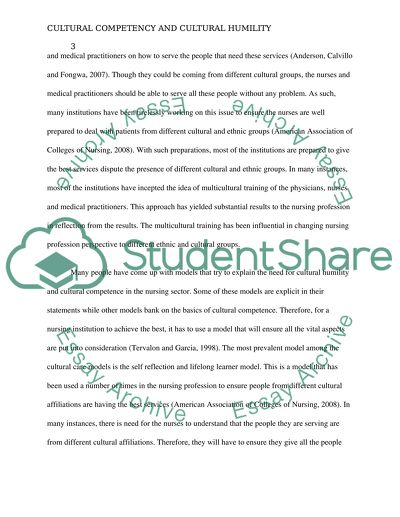Cite this document
(“Cultural Competency and Cultural Humility in Nursing Practice Essay”, n.d.)
Cultural Competency and Cultural Humility in Nursing Practice Essay. Retrieved from https://studentshare.org/nursing/1473203-ypcultural-competency-and-cultural-humility-in
Cultural Competency and Cultural Humility in Nursing Practice Essay. Retrieved from https://studentshare.org/nursing/1473203-ypcultural-competency-and-cultural-humility-in
(Cultural Competency and Cultural Humility in Nursing Practice Essay)
Cultural Competency and Cultural Humility in Nursing Practice Essay. https://studentshare.org/nursing/1473203-ypcultural-competency-and-cultural-humility-in.
Cultural Competency and Cultural Humility in Nursing Practice Essay. https://studentshare.org/nursing/1473203-ypcultural-competency-and-cultural-humility-in.
“Cultural Competency and Cultural Humility in Nursing Practice Essay”, n.d. https://studentshare.org/nursing/1473203-ypcultural-competency-and-cultural-humility-in.


